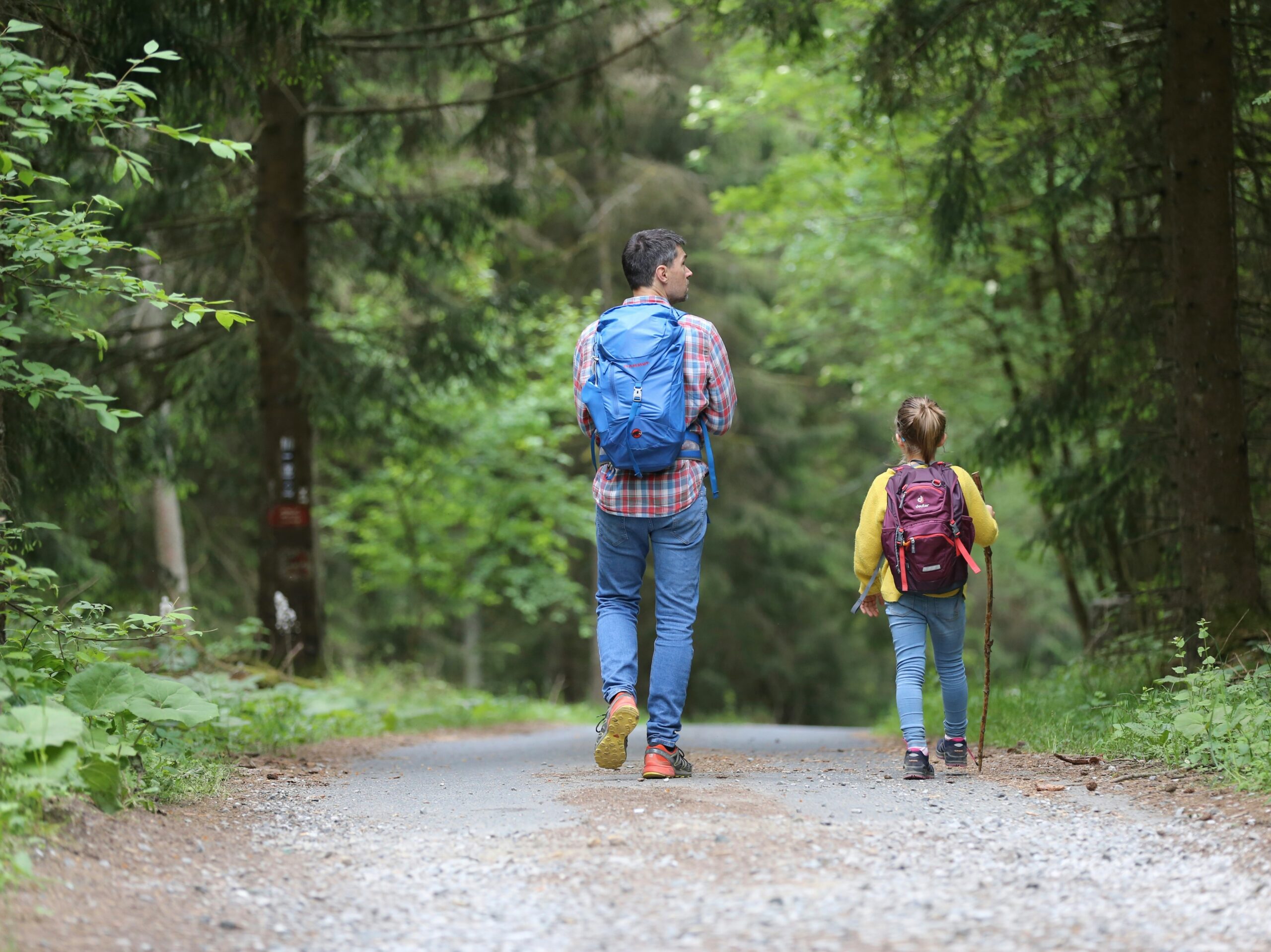
Make Hiking More Enjoyable for Kids with the Right Backpack.
Outdoor adventures are unforgettable at every age, and for kids, hiking is a wonderful way to explore nature while building confidence and independence. But if a child’s backpack doesn’t fit properly or isn’t designed with hiking in mind, those adventures can quickly turn into complaints about sore shoulders and discomfort.
Finding the right hiking backpack for your child ensures they’re equipped for the trail, feel empowered to carry their essentials, and stay comfortable during your adventures. This guide will help you understand why investing in a children’s hiking backpack matters, what to look for when choosing one, and which models perform best for different age groups.
Affiliate Disclosure: This post may contain affiliate links. If you purchase through these links, I may earn a small commission at no extra cost to you. I only recommend products and services I genuinely believe in and think will be valuable to my readers. Thank you for supporting Adventure Ready Families!
Why Kids Need a Proper Hiking Backpack
While your child’s standard school backpack might seem like an easy option for short treks, it’s simply not designed with the specific needs of hiking in mind. Unlike regular backpacks, hiking backpacks come with ergonomic designs that distribute weight evenly and prevent back strain. Features like chest and hip straps minimize shoulder pressure and help align the pack with the body’s center of gravity.
Kids who have their own backpack feel like they are more involved in the adventure rather than just being along for the ride. When they have their own backpack it gives them a sense of independence and responsibility. They can pack their own snacks, water, and journals. My kids love having their own backpacks when hiking so they can have a say in what they are bringing.
Comfort and Injury Prevention
Kids are more prone to discomfort and injury when carrying poorly designed backpacks that are too heavy or lack sufficient support. A proper hiking backpack will improve posture, reduce muscle strain, and ensure your child stays happy and energized on the trail.
Encouraging Independence
Providing kids with their own backpacks helps them feel more involved and responsible during a hike. Choosing a well-fitted pack ensures they can carry essential items like water, snacks, and an extra layer without feeling overburdened.
Key Features to Look for in a Kids’ Hiking Backpack
1. Size & Capacity
Choosing the right capacity depends on your child’s age and the length of your hikes.
- Toddlers (Ages 2-4): Minimal storage (5-8 liters) for snacks and a small toy.
- Young Kids (Ages 5-8): 10-15 liters for short hikes with room for water and a few snacks.
- Older Kids (Ages 9-12): 15-20 liters for more items like a light jacket or a flashlight.
- Teens (Ages 13+): 20-35 liters—ideal for day hikes or longer excursions with more gear.
2. Fit & Comfort
An adjustable fit is crucial since kids grow quickly. Look for these features:
- Adjustable shoulder straps to ensure the pack sits comfortably.
- Padded back panel and straps for added cushioning.
- Chest/sternum straps to secure the pack and distribute weight evenly.
3. Weight & Durability
Lightweight materials keep the pack manageable for small children. At the same time, durability is essential for withstanding rough use. Nylon or polyester fabrics with reinforced seams are reliable options.
4. Storage & Pockets
Look for backpacks with multiple compartments to organize snacks, gear, and other essentials. Side mesh/nylon pockets are perfect for water bottles, while zippered compartments keep smaller items secure. If your kids are going to be climbing on and around rocks often I’d look for a fabric side pocket vs a mesh side pocket. The mesh side pockets can get worn down more easily by the rocks than the fabric ones.
5. Hydration Compatibility
Consider whether a hydration bladder (suitable for older kids) or simple water bottle pockets suit your needs. Built-in hydration systems work well for long hikes but may be unnecessary for brief outings.
6. Weather Resistance
Look for backpacks that are made with waterproof and UV-resistant fabrics. Nylon or rip-stop nylon is a strong, waterproof material. Polyester is not quite as strong as a nylon based material, but is more UV-resistant. If you are hiking in an area that rains frequently, you may want to consider a backpack that includes a rain cover.
Best Hiking Backpacks for Kids by Age Group
Best for Toddlers (Ages 2-4)
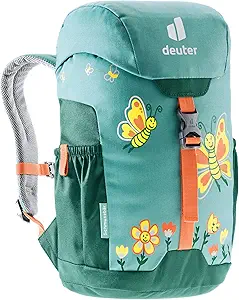
- Pros: Small and lightweight, whimsical designs kids love.
- Cons: Limited storage capacity.
The Schmusebär is perfect for introducing toddlers to easy trails. It’s comfortable and fun, with just enough space for snacks and a favorite toy.
Budget-Friendly Option
Steamedbun Toddler Backpack
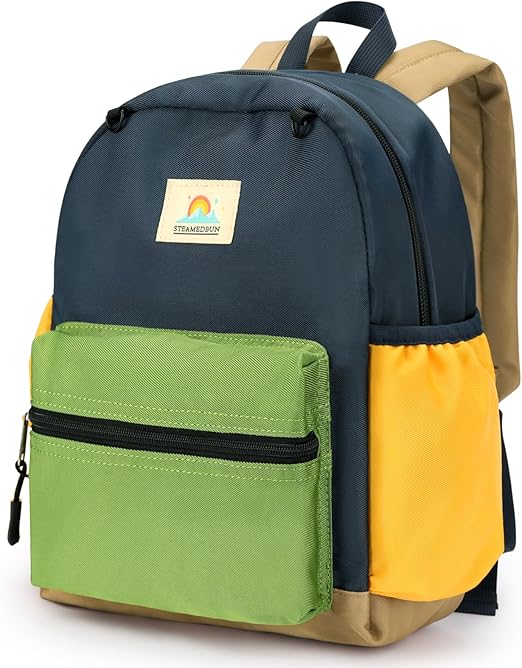
- Pros: Side pocket for water bottle, good-sized compartment for snacks and toys.
- Cons: Not specifically made for hiking.
The Steamedbun Toddler backpack is a great, cheaper option for a toddler. It has enough space they can pack a toy and a water bottle.
Best for Young Kids (Ages 5-8)

- Pros: Adjustable fit, durable, and lightweight.
- Cons: Slightly pricier than other options.
The Talon Jr. grows with your child, making it a long-term investment for hiking families. Our Osprey backpacks have lasted while being very rigorously used for years.
Budget-Friendly Option
Outdoor Tadpole Hydration Pack
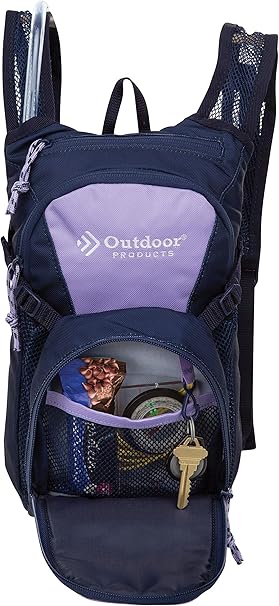
- Pros: Adjustable fit, front snack compartment, hydration bladder.
- Cons: Less storage room than the Talon, & no side pockets for water bottles.
The Outdoor Tadpole Hydration Pack is a great budget-friendly option for kids. It comes with a hydration pack, has two zipper compartments, and is built with durable materials.
Best for Teens (Ages 13+)
Osprey Talon 11L Men’s
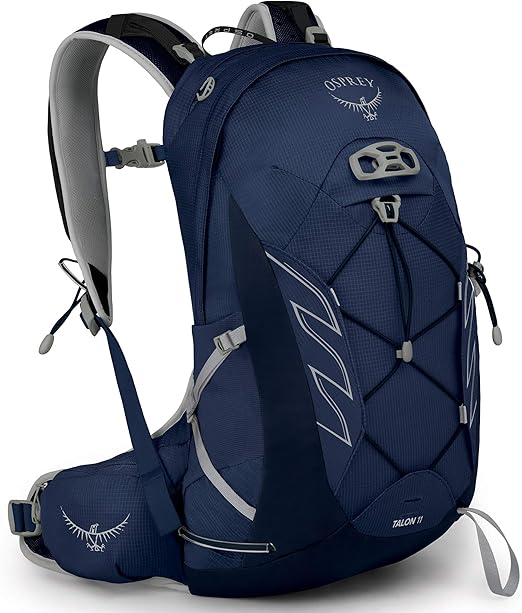
Osprey Talon 11L Women’s
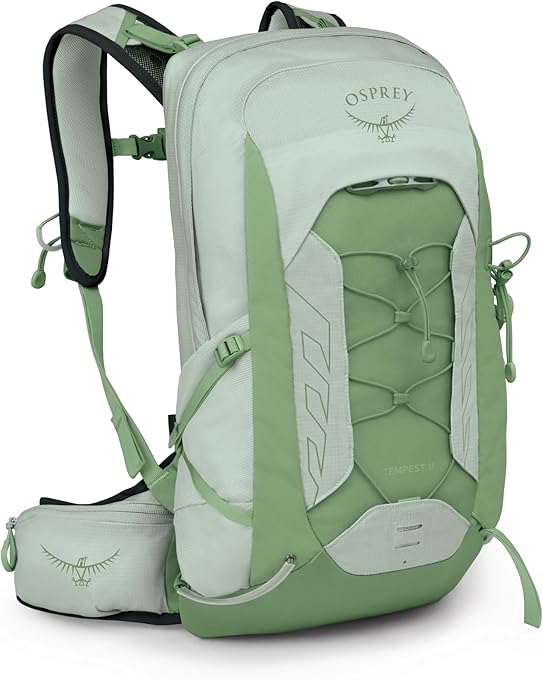
- Pros: Comes in Men’s & Women’s, lightweight with excellent storage capacity, made to last.
- Cons: On the pricier side.
Budget-Friendly Option
National Park Foundation Hydration Backpack
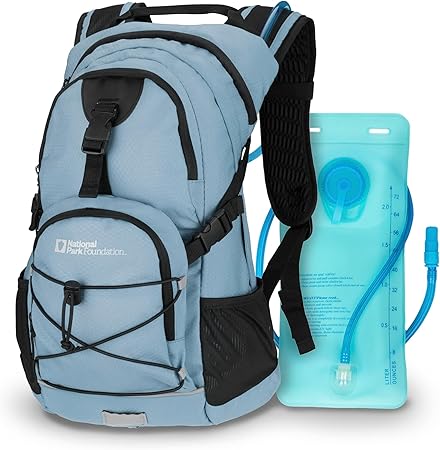
- Pros: Supports the National Parks, comes with a hydration bladder, and adjustable fit.
- Cons: It is on the smaller side.
A portion of all sales goes to the National Parks. This backpack is great for day hikes and has ample storage space for water, snacks, and whatever else you pack on your hike.
Budget-Friendly vs High-End Backpacks
If you are just beginning your family hiking journey or are an infrequent hiker, a budget-friendly option should more than suffice. If hiking is a regular family activity, investing in a high-quality backpack offers better long-term value.
We have used both budget-friendly and high-end backpacks. They are both great options. I have found that with the budget-friendly options, we end up spending almost as much as the high-end options due to having to repurchase more often.
Safety & Packing Tips for Kids’ Hiking Backpacks
- Follow the Weight Rule
A child’s backpack should weigh no more than 10-15% of their body weight. For example, a 50-pound child shouldn’t carry more than 5-7.5 pounds.
- Pack Essentials Only
The basics include water, snacks, sunscreen, a first-aid kit, and an extra layer. Leave heavy or unnecessary items behind.
- Teach Proper Adjustments
Help your child adjust their backpack for maximum comfort each time before hitting the trail. Ensure the weight is evenly distributed and the straps are properly secured.
Gear Up for Every Adventure
A well-fitted kids’ hiking backpack can make all the difference between a day filled with laughter and excitement and one with complaints of discomfort. Focusing on fit, durability, and appropriate features, you’ll empower your child to enjoy the trail and foster a lifelong love for the great outdoors.
What’s your child’s favorite hiking backpack? We’d love to hear about it in the comments or on social media! Planning your next outdoor adventure? Make sure your young explorer is ready to hit the trail with a reliable and comfortable backpack suited just for them.
If you found this helpful and want more guides on outdoor family adventures, check out our Ultimate Camping Checklist.